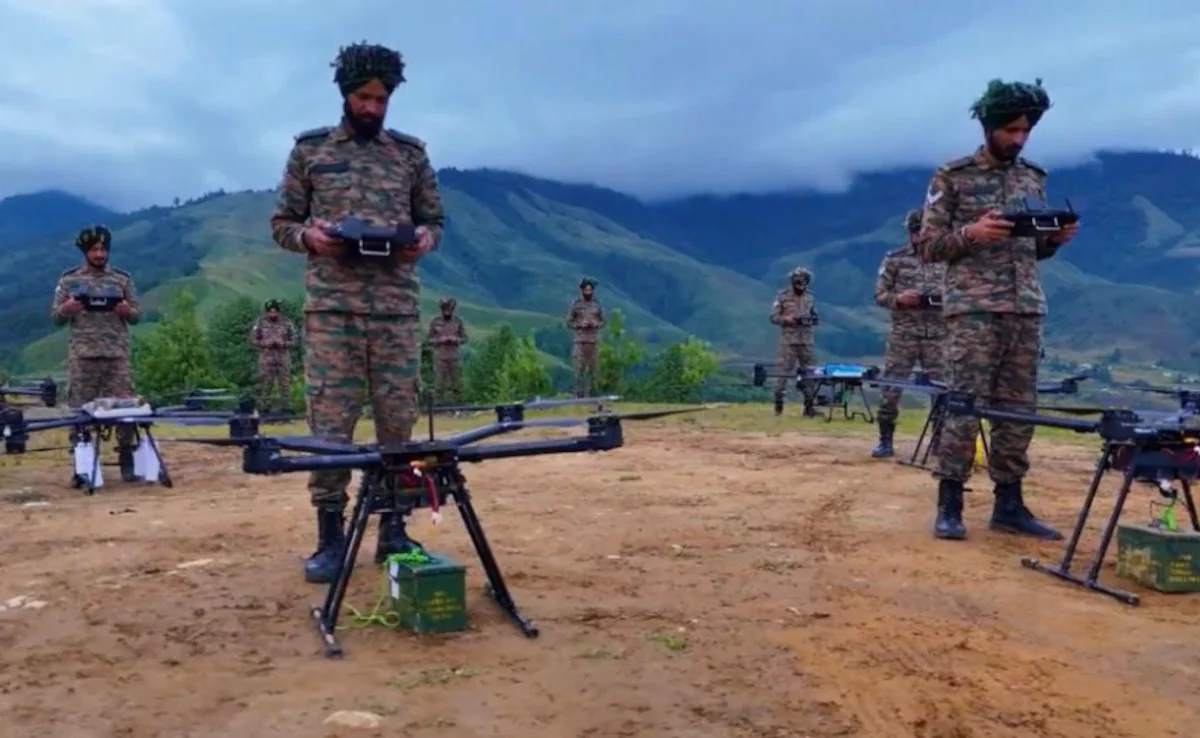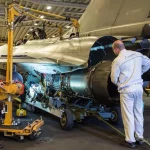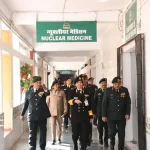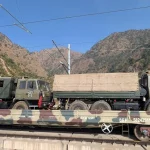In a major step toward next-generation battlefield transformation, the Indian Army Chief conducted a detailed review of the Strike Corps at Ambala, highlighting a decisive shift toward drone-centric warfare. The review focused on the integration of swarm drones, kamikaze drones, and indigenous anti-drone systems, underscoring the Army’s commitment to enhancing its operational edge through unmanned and autonomous technologies.
This strategic assessment forms part of the Army’s ongoing doctrinal evolution to prepare for hybrid and technology-driven conflicts, where unmanned systems are expected to play a central role in both offensive and defensive operations.
Swarm drones have emerged as a key force multiplier, capable of saturating enemy airspace and overwhelming traditional air defence systems through coordinated attacks. The Army’s latest exercises have validated new tactics, techniques, and procedures for employing drone swarms in high-intensity combat environments, focusing on real-time surveillance, reconnaissance, and precision strike operations.
The Army is also rapidly inducting kamikaze drones, designed for autonomous impact-based strikes on enemy assets and armoured formations. These low-cost loitering munitions provide a powerful alternative to expensive cruise missiles, allowing mass deployment to neutralise key enemy positions. Their growing use marks a significant leap in India’s autonomous strike capability, particularly along sensitive border regions like the Line of Actual Control (LAC).
To counter hostile drone threats, the Army has fielded advanced indigenous anti-drone systems that combine detection, jamming, and kinetic kill technologies within a multi-layered defence grid. Demonstrated at Ambala and other locations, these systems employ AI-driven analytics and multi-sensor fusion to provide real-time situational awareness, enabling commanders to swiftly identify, track, and neutralise enemy UAVs.
Large-scale drone and counter-drone exercises, such as Vayu Samanvay-II under the Southern Command, have further strengthened the Army’s readiness for electronic warfare and complex terrain operations. These drills integrate aerial and ground assets into unified command networks, enhancing joint interoperability and tactical responsiveness.
India’s growing emphasis on indigenous solutions is evident through initiatives like the Rising Star Drone Battle School, which has produced over a hundred home-grown drones for operational testing and training. This reflects the Army’s broader commitment to Atmanirbhar Bharat, focusing on self-reliant innovation and rapid production of combat-ready systems.
By integrating swarm, kamikaze, and counter-drone technologies into its core warfighting doctrine, the Indian Army is positioning itself at the forefront of modern warfare. The push aims to achieve battlefield dominance through networked aerial systems, precision strikes, and adaptive countermeasures, ensuring superior agility and lethality in future multi-domain conflicts.
This comprehensive focus on drone warfare represents a transformative leap in India’s defence preparedness — enabling the Army to operate with unmatched speed, situational awareness, and technological advantage in tomorrow’s battlespace.













